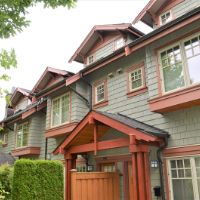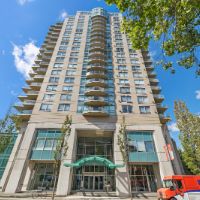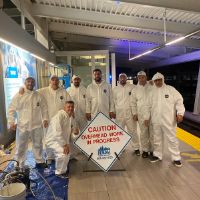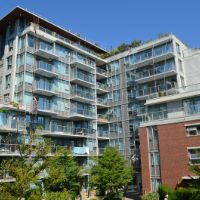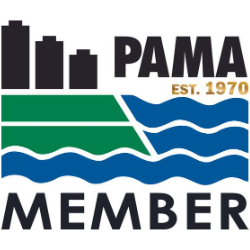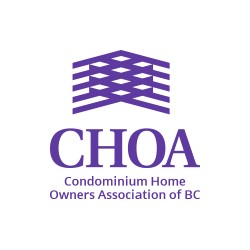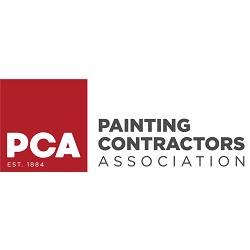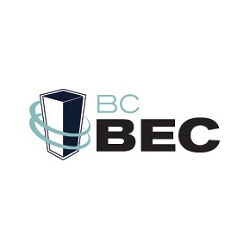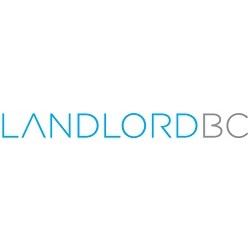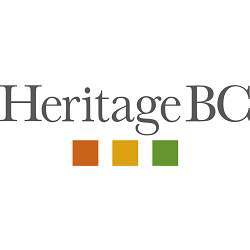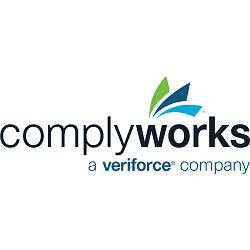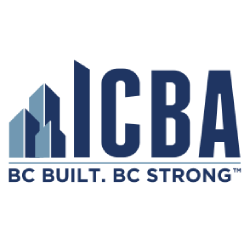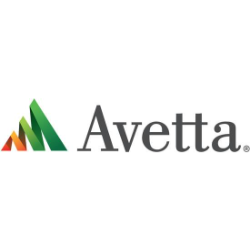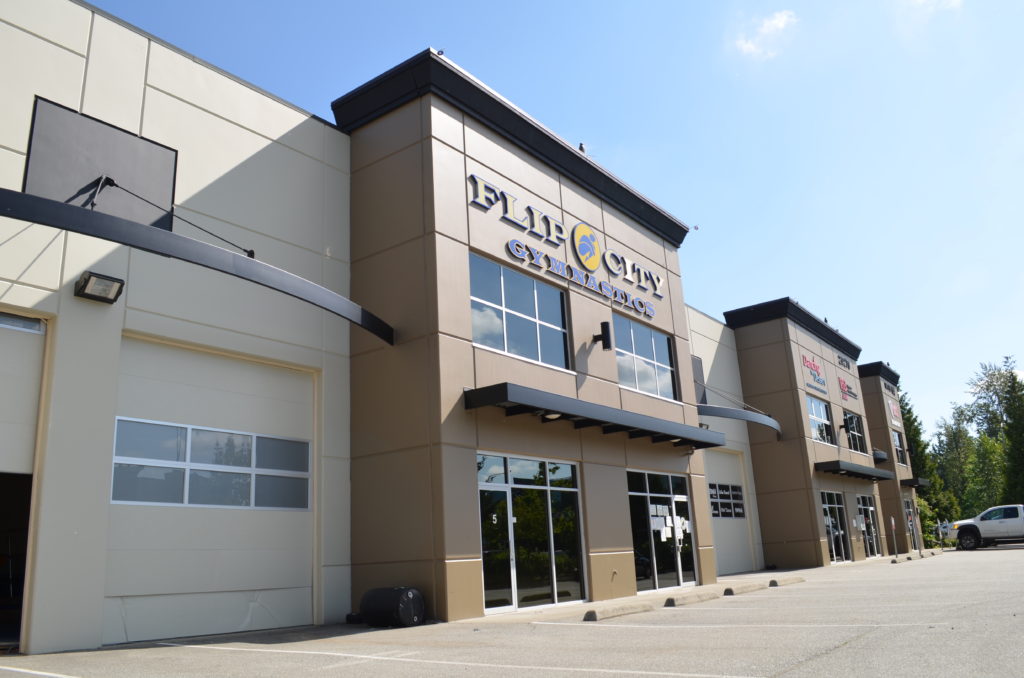
When it comes to maintaining the exterior of a commercial property, a fresh coat of paint can make a world of difference. Not only does it enhance the aesthetic appeal, but it also provides a layer of protection against the elements. For property managers, understanding the basic language around exterior commercial painting can lead to better discussions with contractors, decision-making and more durable results for your clients. In this blog, we provide an introduction of commercial painting terms and expert advice for surface preparation, paint selection, and tips to ensure a lasting finish.
Surface Preparation
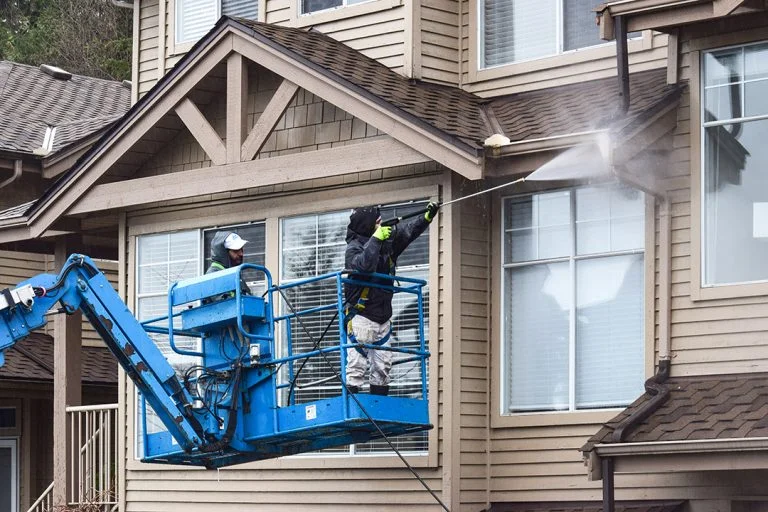
Proper surface preparation is the foundation of a successful exterior painting project. It ensures that the paint adheres well and lasts longer. Here are some key steps to consider.
Inspection and Cleaning
- Begin with a thorough inspection of the building’s exterior to identify any damage or areas that need special attention.
- Clean the surface to remove dirt, mildew, and loose paint. Pressure washing is often an effective method for this step
Repair and Sanding
- Address any cracks, holes, or damaged areas. Use appropriate fillers and materials to repair these spots.
- Sand the surface to create a smooth and even base for the paint. This step is crucial for ensuring proper adhesion.
Priming
- On occasion, applying a high-quality primer is key, especially if the surface is porous or has been repaired. Primer helps to seal the surface and provides a good base for the topcoat.
Paint Selection
Choosing the right paint is vital for achieving a durable and visually appealing finish. Consider the following factors when selecting paint for an exterior commercial project.
Type of Paint
- Opt for paints specifically designed for exterior use. These paints are formulated to withstand weather conditions and UV exposure.
- Acrylic paints are popular for their durability, flexibility, and colour retention. Acrylic paint is made of pigment suspended in an acrylic polymer solution and acrylic resin. They are chemical-based meaning they become water-resistant when they dry. Right now, acrylic paints are the most popular.
- Also, Acrylic paint dries extremely quickly. This may be an advantage if you’re painting a smaller area, but this will make painting larger areas more difficult. It does not mix well with oil-based paints and won’t adhere to a wall previously painted with oil paint.
- Latex paint is less costly than acrylic paint and it is easier to clean up with just soap and water. Latex paint is safer to use since it produces fewer fumes (still use proper ventilation regardless of the type of paint being used). And, Latex paint usually covers with fewer coats.
- For more info: here’s a useful article written for DIYers but provides the basic info: www.hillisbrothers.com/post/acrylic-vs-latex-paint#
Finish
- The finish you choose can impact both the appearance and maintenance of the building. Common finishes include flat, satin, semi-gloss, and gloss.
- Flat finishes hide surface imperfections well, while gloss finishes offer better durability and ease of cleaning.
Colour Selection
- Select colours that complement the building’s architecture and surrounding environment. Consider using lighter colours to reflect sunlight and reduce heat absorption.
- For commercial properties, neutral and professional colours are often preferred.
- For more info you can alos see another one if our blogs on colour selection www.remdal.com/blog/the-impact-of-colour-psychology-in-commercial-painting/
Ensuring a Durable Finish
To achieve a long-lasting and durable finish, it is crucial to hire professional commercial painters who possess the expertise and equipment to manage large-scale projects efficiently, ensuring proper surface preparation, paint application, and clean-up. Additionally, plan the painting project during favorable weather conditions, avoiding rainy or extremely hot days that could affect the paint’s drying and curing process. Finally, establish a maintenance plan with regular inspections and touch-ups to keep the painted surface in optimal condition and prevent minor issues from escalating.
Contact us today!
We hope this helped you understand some of the basics of exterior commercial painting. By following these expert tips, property managers can ensure that their exterior commercial painting projects provide successful and long-lasting results for their clients. At Remdal, we specialize in providing high-quality commercial painting services in Vancouver. Our team of skilled painters is dedicated to delivering exceptional results that enhance the beauty and protection of your property. Contact us today to learn more about our services and how we can help with your next exterior painting project.

